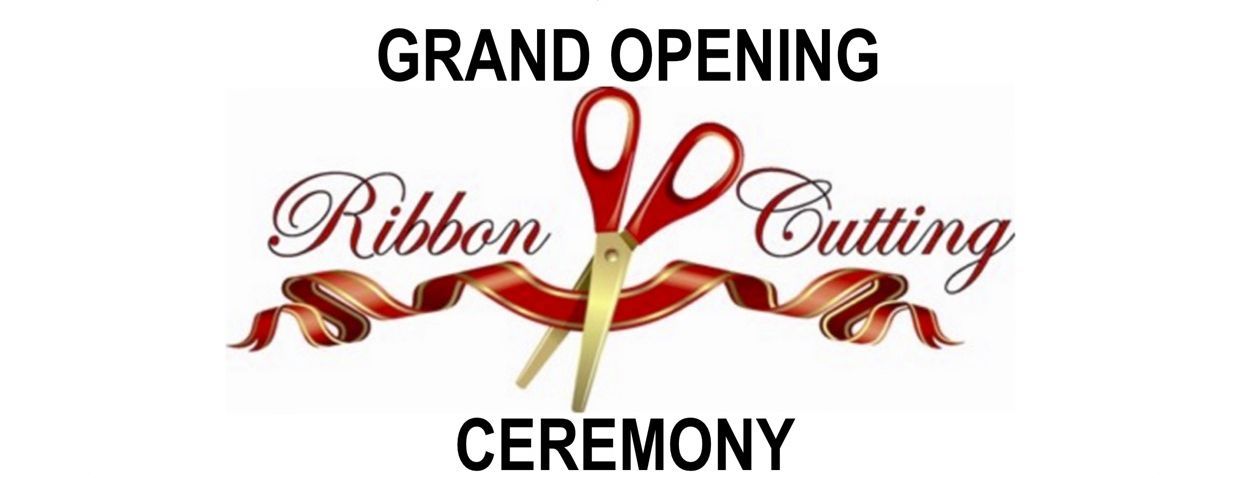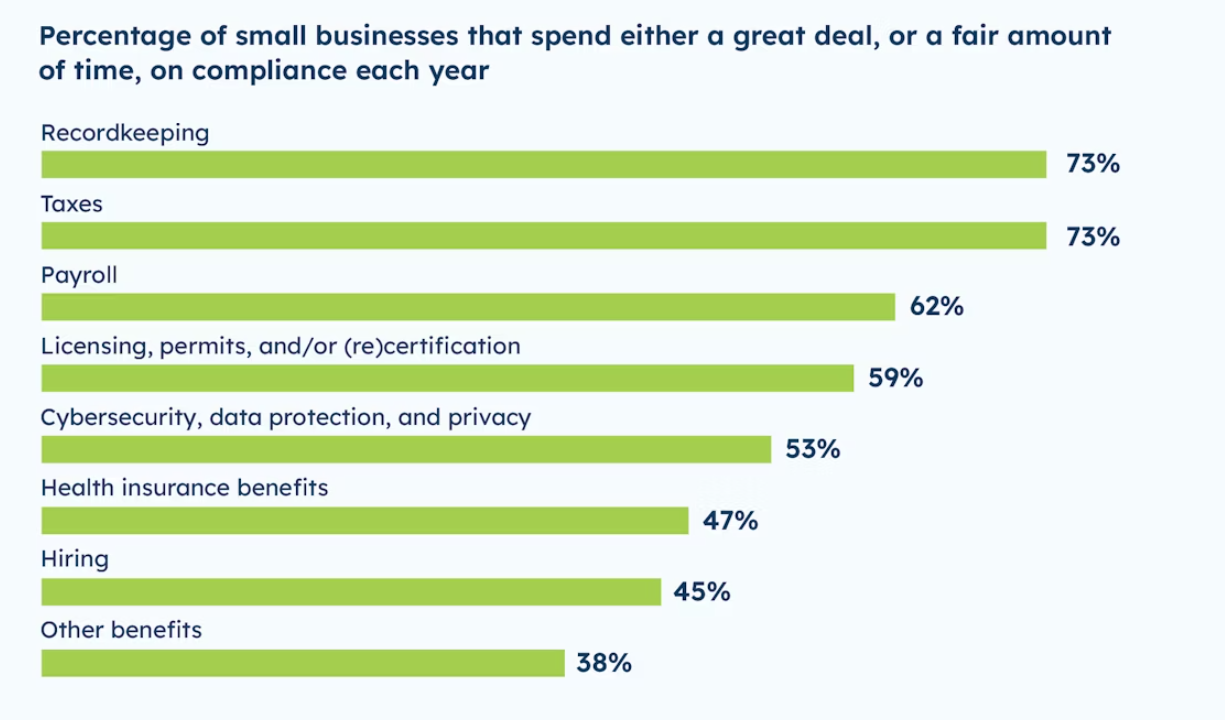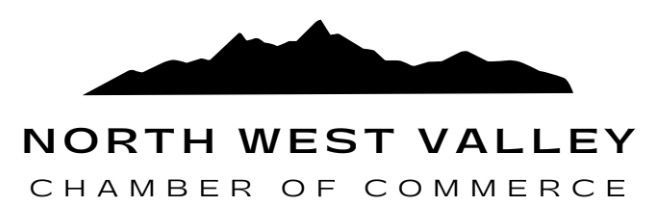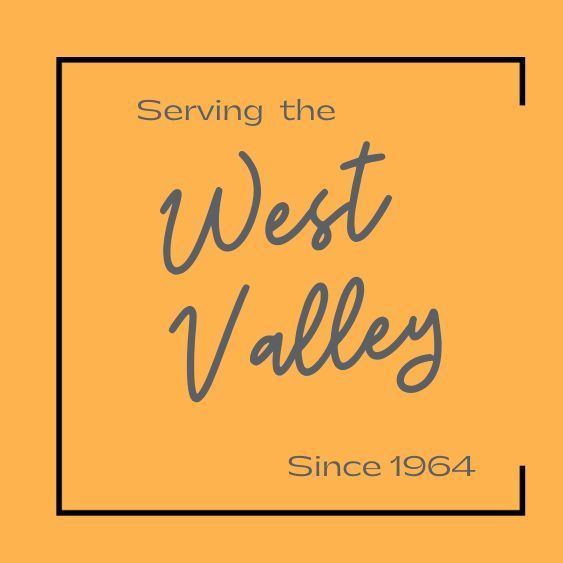Ribbon Cuttings & Grand Openings
We encourage businesses to take the lead in planning and executing their events. Read our tips to help you plan a successful event.

What is a Ribbon Cutting?
A ribbon-cutting ceremony is a fantastic way to celebrate the opening of a new building or business. It can also mark significant events like groundbreaking ceremonies or remodels. Some ceremonies are even held virtually, using photos or video podcasts to share the excitement. Typically, a ceremonial ribbon is tied across the main entrance and cut by a company dignitary to declare the building open. The business plans these events, inviting friends, guests, and local community leaders. Ribbon-cutting equipment and presentations are only available to Chamber members.
We encourage businesses to take the lead in planning and executing their events, as the Chamber needs to handle event planning. This allows you to tailor the event to suit your business’s unique needs and vision.
Event Flexibility
We encourage businesses to take the lead in planning and executing their events. This allows you to tailor the event to suit your business’s unique needs and vision. Ribbon-cutting events vary from simple to extravagant, depending on the owner’s preferences. You can hold virtual or social media events or have an in-person event by inviting partners, financiers, vendors, contractors, employees, customers, friends, nearby businesses, and family to maximize attendance. As the business planning the event, you decide on the date, time, format, speakers, etc.
Benefits of Ribbon Cuttings
- Introduce the public to your business
- Employee esprit de corp event
- Familiarize the public with your products/services
- Showcase your physical location
- Build a customer base
- Generate leads and sales
Suitable Events for Ribbon Cuttings
- New businesses (opened within the past six months)
- Relocations due to expansion
- Remodels or expansions
- Milestone anniversaries
- Groundbreakings
Tips for a Successful Event
- Market your ribbon cutting to boost attendance and awareness.
- Invite local officials and media.
- Take and share photos on social media, your website, or via email.
- Schedule your event on the Chamber’s calendar, ideally 30 days in advance.
- Best days for attendance are Tuesdays, Wednesdays, and Thursdays between 10 am to 3 pm.
- Check out ceremonial scissors and ribbon a day early if your event is after hours, on weekends, or holidays.
- Decide who will cut the ribbon (owners or top executives are common choices).
By following these guidelines, you can ensure a successful and memorable ribbon-cutting event for your business.
Sample Agenda
- Owner: “Welcome everyone! Thank you for joining us today to celebrate the grand opening of [Business Name]. We are excited to share this special moment with all of you.”
- Owner/Manager: “We are thrilled to open our doors and serve this wonderful community. Your support has been invaluable, and we look forward to growing together.”
- Special Remarks: Dignitaries or company official
- Owner Host: “Now, let’s make it official. Please join us as we cut the ribbon and mark the beginning of [Business Name]'s journey!”
- PAUSE TO TAKE PHOTOS BEFORE CUTTING THE RIBBON** The owner should decide before hand who will be in the photo. Make sure to take several photos with the scissors open so it looks like the ribbon is about to be cut. Have two people stretch the ribbon taut and put notable people between them (for example, business owner, family members, employees and public officials). Then cut the ribbon.
- Ribbon Cutting (Typically done by the business owner. Other options include a member of the community, a local official like a mayor, or senior executive of the business)
- Owner/Manager: “Thank you all for being here. We invite you to come inside, explore our offerings, and enjoy some refreshments. Welcome to [Business Name]!”
Step-by-Step Guide to Planning a Ribbon Cutting Event
Set the Date and Time
Choose a date and time that suits your business and is convenient for guests. Mornings or early afternoons on weekdays are often ideal.
Create a Guest List
Identify and invite key stakeholders, including local officials, community leaders, customers, suppliers, and media representatives.
Send Invitations
Send out invitations well in advance, either through email, mail, or social media. Include details like date, time, location, and RSVP information.
Plan the Ceremony
Decide who will cut the ribbon and what will be said. This usually includes a brief welcome speech and acknowledgments.
Ensure you have a ribbon, scissors, and any other ceremonial items.
Arrange for Refreshments
Offer light refreshments or drinks to make the event more enjoyable. Consider hiring a caterer or organizing some simple snacks and beverages.
Promote the Event
Use social media, press releases, and flyers to promote your event. Highlight any special guests or activities.
Decorate the Venue
Set up decorations that reflect your brand, such as banners, balloons, or signage. Ensure the area where the ribbon cutting will take place is clearly marked.
Prepare a Program
Create a schedule of events so everyone knows what to expect. Include speeches, the ribbon-cutting moment, and any other activities.
Rehearse
Run through the ceremony with key participants to ensure everything goes smoothly. Practice speeches and the ribbon-cutting process.
Welcome Guests
Have a team ready to greet guests as they arrive and direct them to the event area. Consider having name tags and a guest book.
Capture the Moment
Hire a photographer or designate someone to take photos and videos. This helps create lasting memories and promotional material for your business.
Follow Up
After the event, send thank-you notes to attendees and share photos and highlights on your social media channels.





